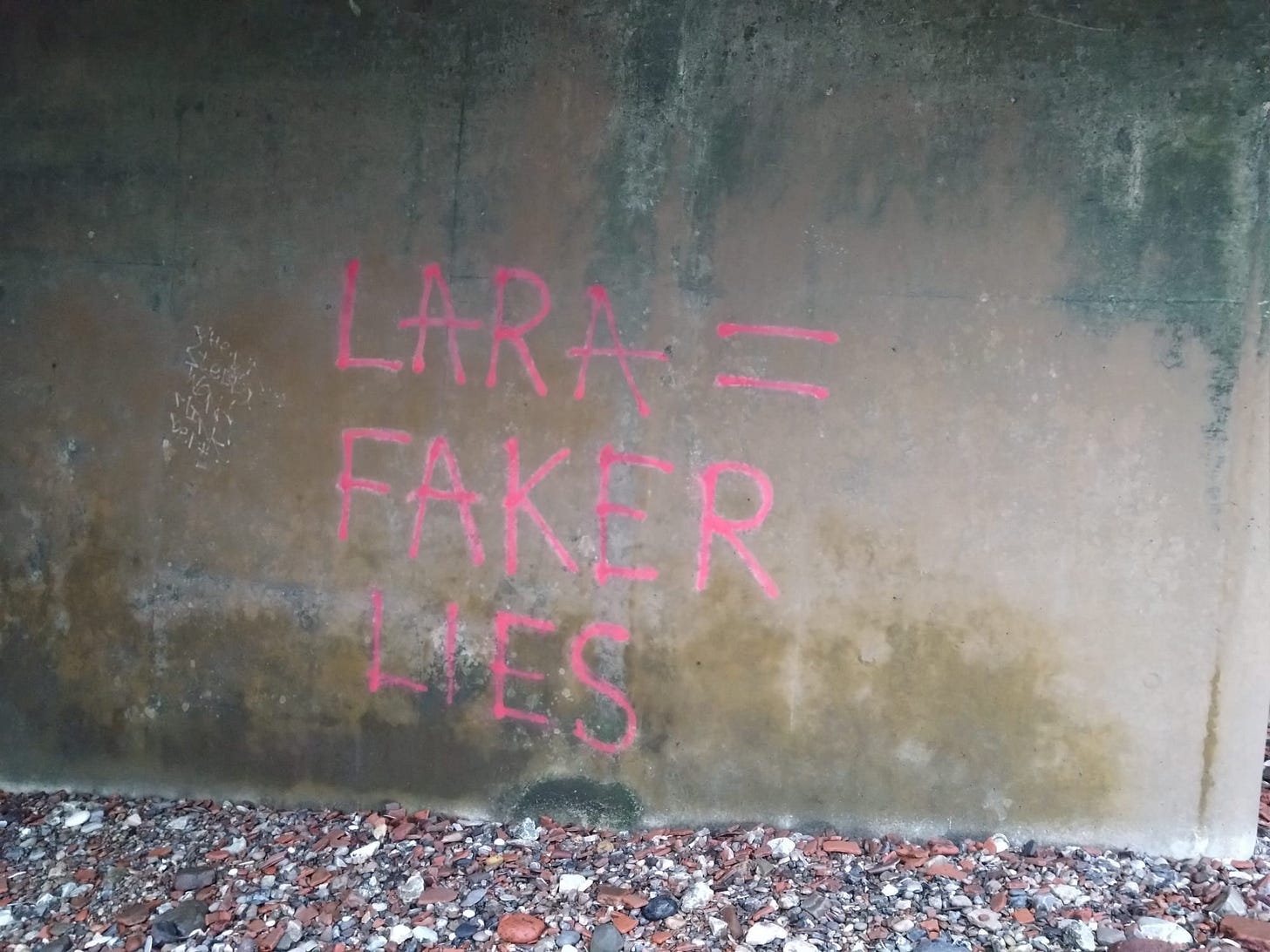London's mudlarks at war: feuds, fights and slurs on the shoreline
“Fuck off, this is my patch": A niche hobby exploded in popularity due to social media. Now the police are involved, as the people searching the Thames mud for historic artefacts battle each other.
When we heard about the bitter rivalries driving apart the world of London’s mudlarks, the enthusiasts who search for treasure on the muddy shores of the Thames, we wanted to know more. London Centric asked Simon Usborne, one of the country’s leading features writers, to investigate. His work normally appears in the Financial Times, the Sunday Times, and the Guardian — but this piece is exclusively for readers of London Centric.
This type of journalism takes time and costs money. If you haven’t already joined as a paying member, please consider becoming one today for 25% off, or take out a free trial.
“It’s just crazy”: How mudlarking on the River Thames got out of control.
By Simon Usborne
Twice a day, the gravitational pull of the moon pulls the tidal River Thames out of London, revealing stretches of pebbly foreshore that contain seams of social history, ranging from bronze age swords to Roman pottery, Georgian wig curlers and Nokia 3210s. These transient beaches are an invitation to mudlarks, the treasure hunters whose hobby tends to be characterised as a wholesome pursuit.
But the newspaper features, books and cosy TV news reports that have been made in recent years about mudlarking tell only a partial story. They skip over the darker side of a quaint pastime with Victorian roots that has become a full-blown social media craze – and the bitter feuds tearing a once tiny community apart.
London Centric has dug up a less wholesome tale of what can happen when the desire for online views coincides with a niche pursuit, pitting trowel-wielding sleuths against one another.
We found:
Libellous graffiti targeting the capital’s most prominent mudlarking practitioner that was painted in giant pink lettering on the northern shore of the Thames and reported to police.
A brawl that broke out near Lambeth Bridge when a mudlark challenged rivals who turned out to be members of the Society of Mudlarks, a separate secretive group with special privileges.
Online trolling and bullying of prominent social media influencer mudlarks, whose videos are often filmed on GoPros as they scrape away layers of history.
Damage to historic stretches of the Thames foreshore by mudlarks who appear to be in breach of the complex system of permits that govern the hobby.
The cancellation of permits following the sale of artefacts on Etsy, along with wider reports of finds being flogged or pocketed without being reported in the correct way.
Controversial attempts by the Port of London Authority, the private trust that owns most of the Thames, to keep a lid on what has become an increasingly toxic trend.
At the end of Cousin Lane beside Cannon Street Station, steps lead from The Banker pub down to the Thames. This stretch of the river’s north bank in the City of London includes the ancient Queenhithe dock. The dock itself is off-limits to mudlarks but the foreshore either side is a magnet for the enthusiasts, the most serious of whom resemble a strange cross between ramblers and riot police when they don their black gloves, knee pads and boots.
These hobbyists hope that disturbance to the foreshore caused by the tides, as well as storms and passing boats, will surface treasures in a river that has for millennia served as a trade and transport artery as well as a giant rubbish tip.
On a sunny Sunday morning earlier this month more than 40 people are scouring the mud at Queenhithe, many of them on their hands and knees. Another dozen are spread out on the other side of the river, sharing the space with kids who’ve popped out of Tate Modern to chuck stones into the water.

Treasure is not immediately evident to the untrained eye, but even the stuff that sits on the surface charts London’s more recent social history: a Pikachu toy, a jar of Lidl bolognese sauce, a disposable vape and a smashed Lime bike that appears to have been thrown off Southwark Bridge.
There is also a crime scene here, if you know where to look.
Keep reading with a 7-day free trial
Subscribe to London Centric to keep reading this post and get 7 days of free access to the full post archives.



